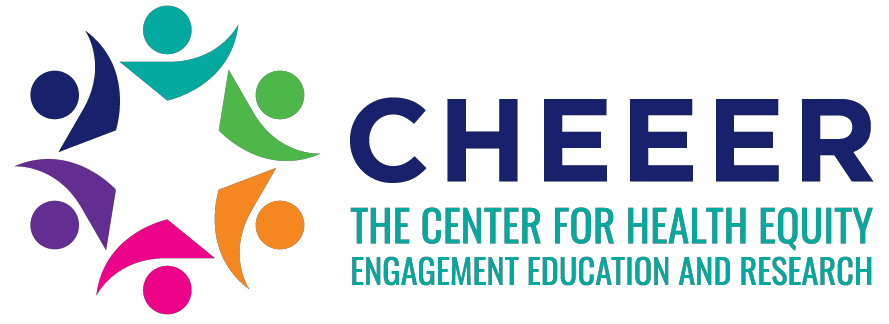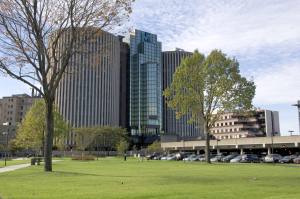I was recently assigned the tasks of presenting on the health disparities that Lesbian, Gay, Bisexual, and Transgendered (LGBT) people face, and researching disparities in behavioral health services in Cuyahoga County. According to the Minority Health and Health Disparities Education Act (2000), [a] population is a health disparity population if there is a significant disparity in the population as compared to the health status of the general population.” In regards to mental health, disparities are often seen in three areas: access to care (both geographic and access to health insurance), use of services, and quality of care. Limited access to care and lower use of services make it difficult to accurately measure prevalence of mental health issues in these populations.
I discovered that public counseling services for Lesbian, Gay, Bisexual, and Transgendered (LGBT) people are limited in Cuyahoga County. When I searched 211cleveland.com, I found one agency offering counseling specifically tailored to LGBT people. The LGBT Community Center of Greater Cleveland offers free counseling as well as other important services, and it is located on the west side in Cleveland. What about all the east side people who would like to come to a place where they feel comfortable talking about the issues that many LGBT people face, such as being victims of violence, discrimination, or having lack of family support? This location is not accessible to everyone needing these services, as transportation is an issue for some.
Private counseling for LGBT specific issues is easier to find, but the rates range from $50-$150 per session. If one does not have health insurance, these services are a difficult, if not an impossible option. According to Lesbian, Gay, Bisexual and Transgendered Health: Findings and Concerns (Dean, et. al., 2000) LGBT people, compared to the heterosexual population, are generally of lower SES (despite generally higher levels of education) and therefore, less likely to have health insurance. Another barrier to obtaining health insurance is difficulty in obtaining spousal benefits.
The National Alliance on Mental Illness speculates that due to societal stigma, LGBT people are more at risk of developing depression, anxiety, andsubstance abuse disorders. This information is speculation because because mental health providers, along with physicians, do not ask for or document a person’s sexual orientation or gender identity. We do not have data about sexual orientation or gender identity of those seeking mental health treatment from area providers, and therefore, cannot compare groups to see if there are differences in prevalence of these mental health issues.
From a research perspective, it is an important question to ask. If we know, for example, that in general, the LGBT community in Cuyahoga County has a higher rate of depression than those who identify as heterosexual, this information can be used to try to fund more LGBT-specific counseling services in the county.
On the other hand, do people seeking mental health counseling want to be asked about their sexual orientation or gender identity? Some may not want to disclose this information in fear of discrimination or receiving lesser care. This lack of a desire to disclose may even cause some people to be reluctant to use mental health providers.
So, how do we assess the needs of the LGBT community in Cuyahoga County in a way that is sensitive and informative? Perhaps this commentary can spark a conversation that can help us move closer to an answer.

